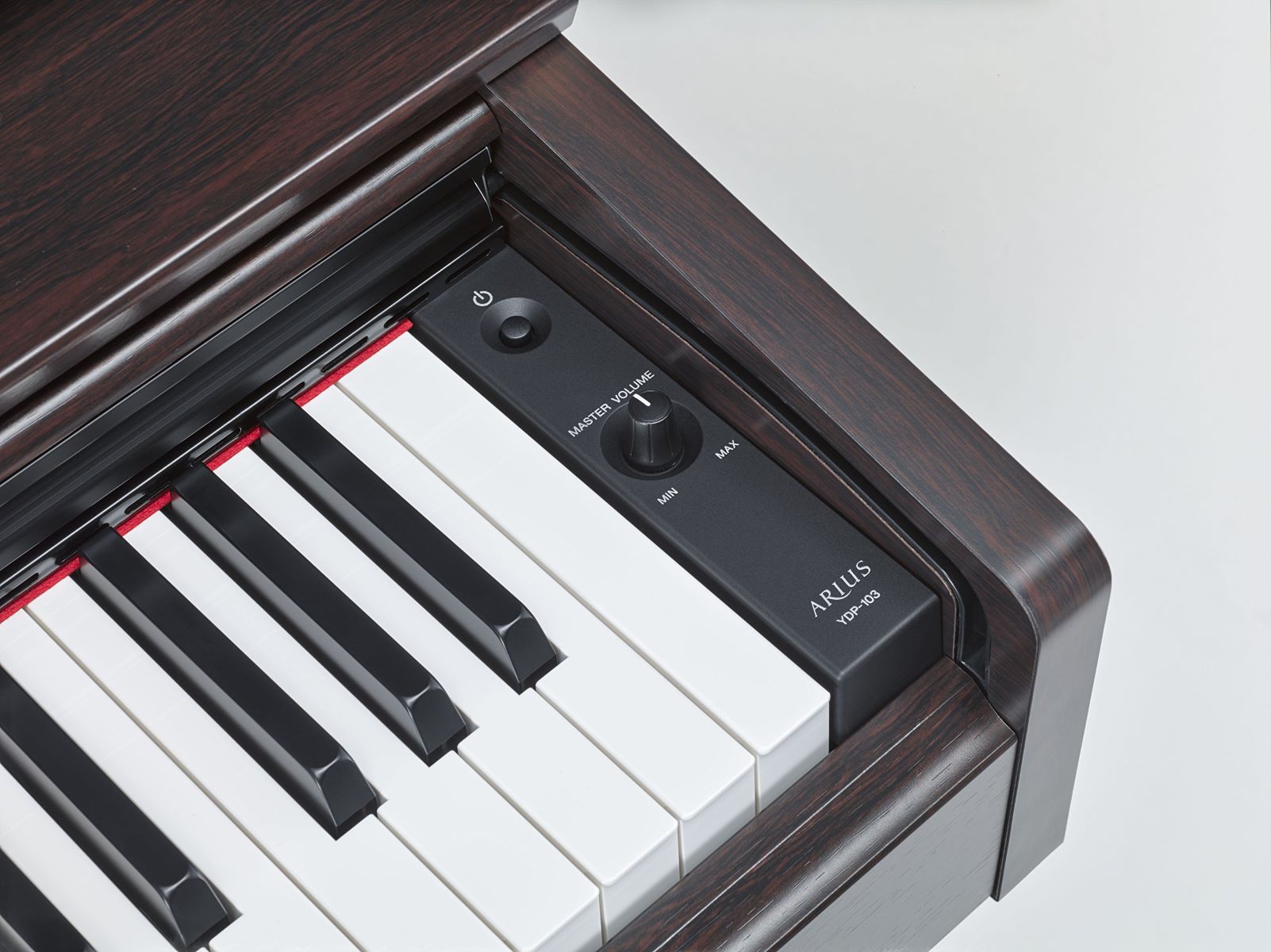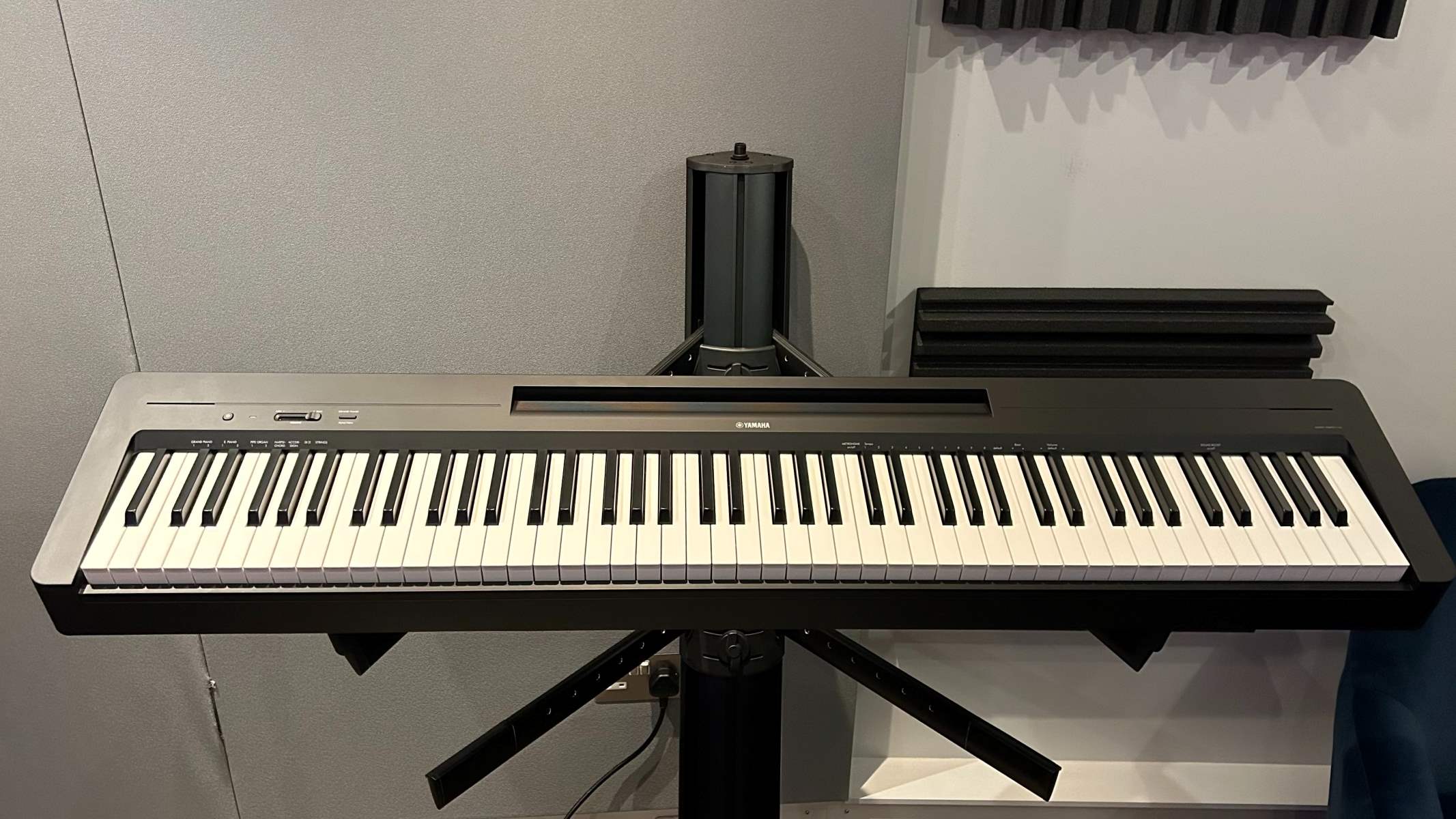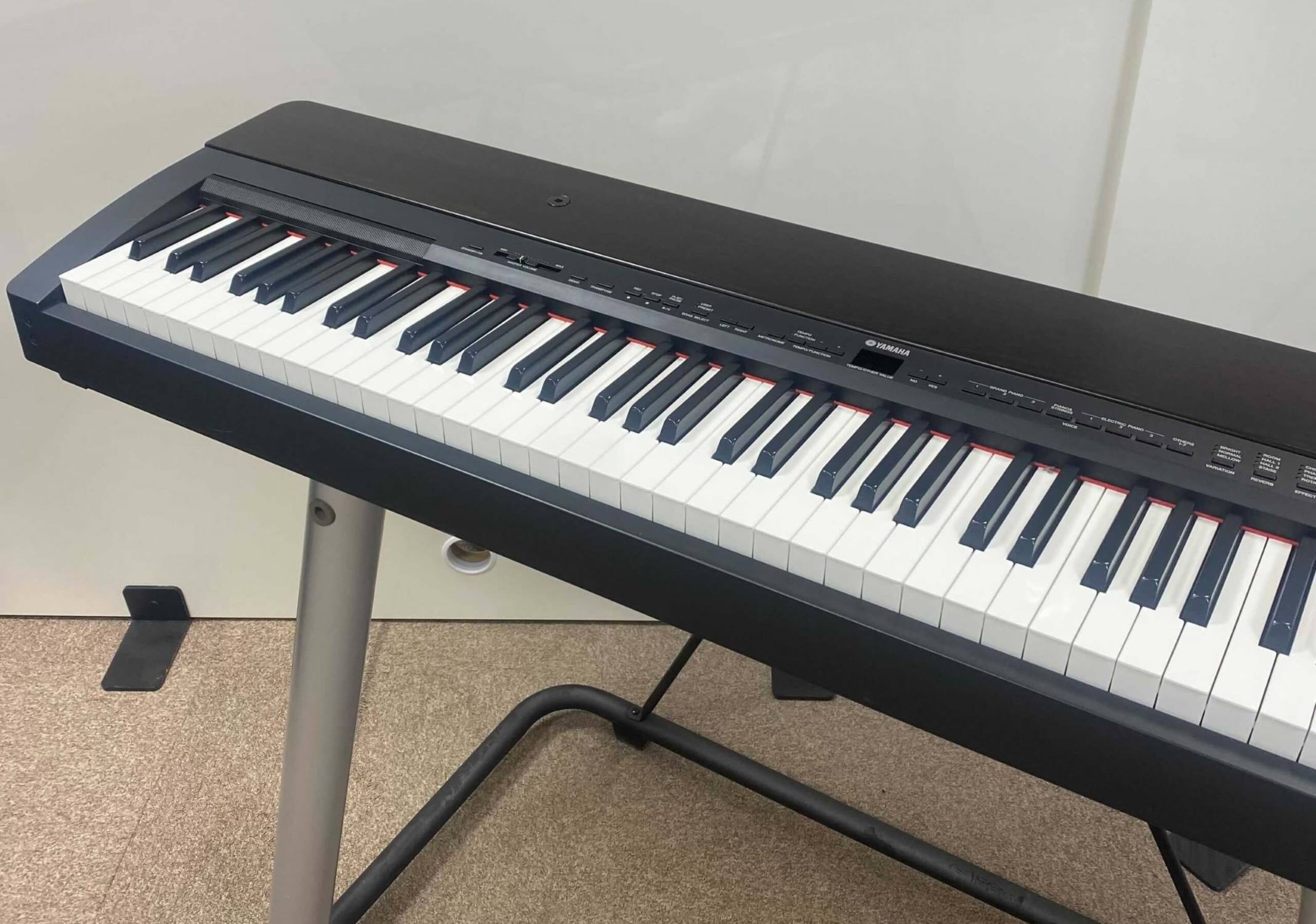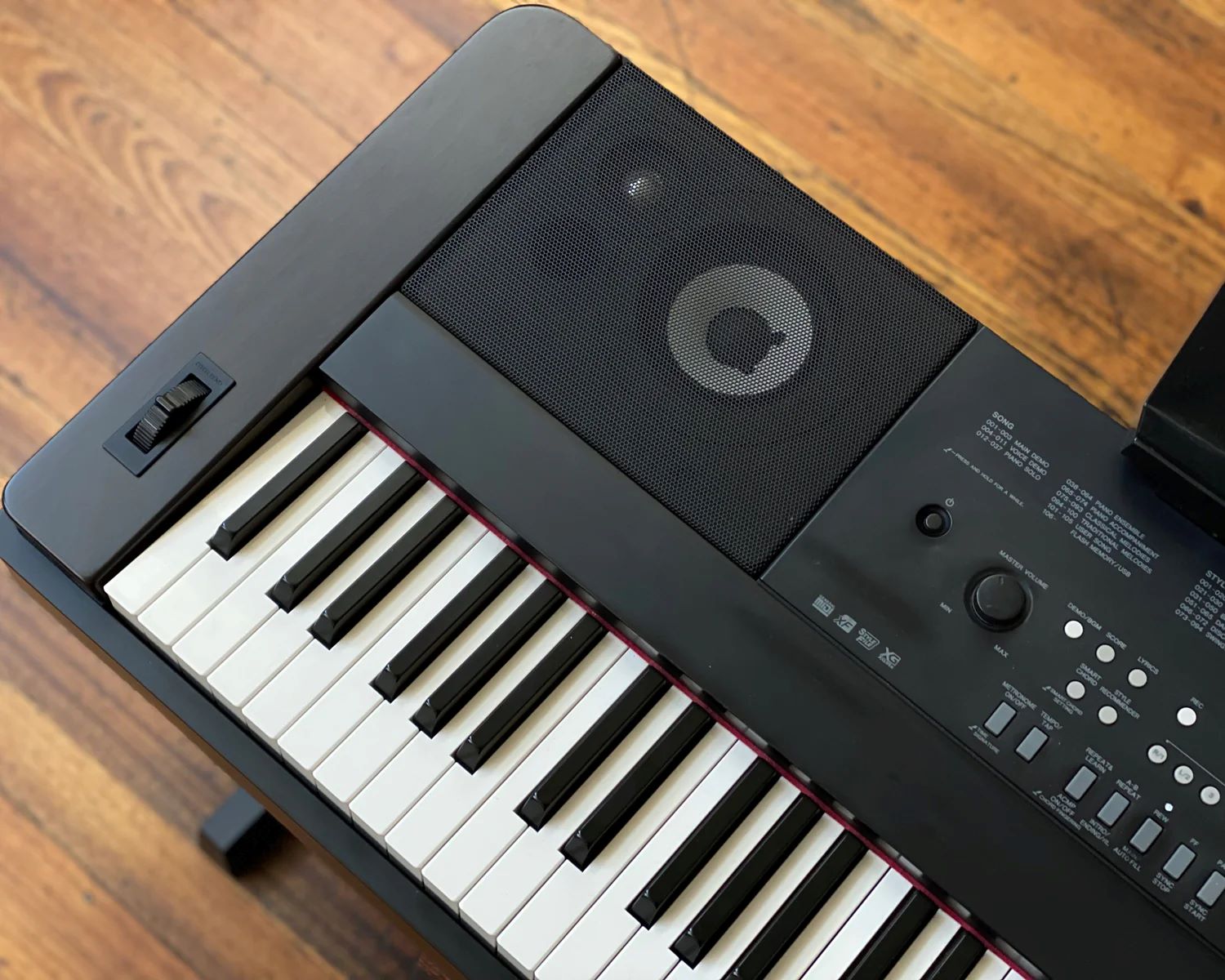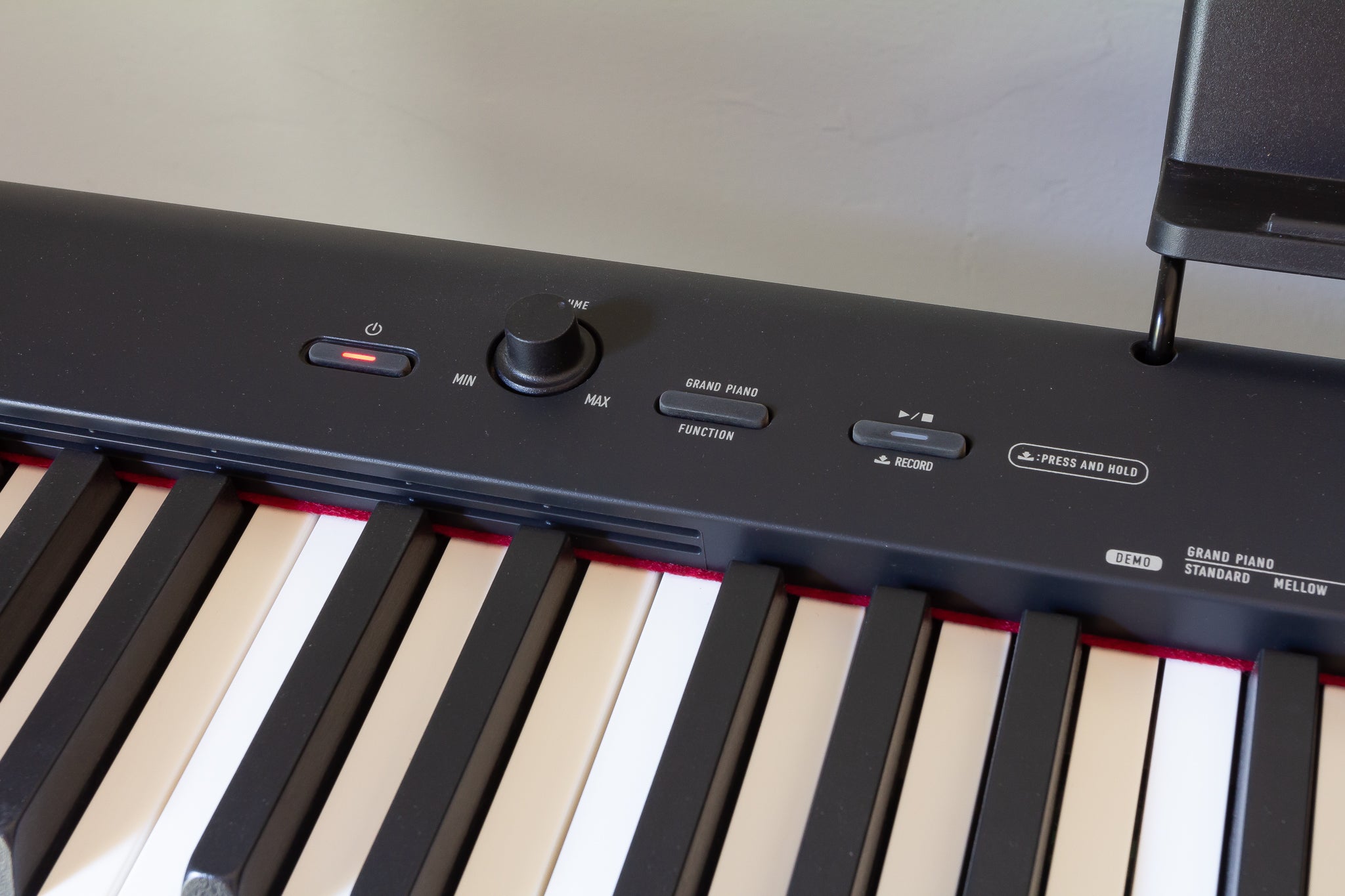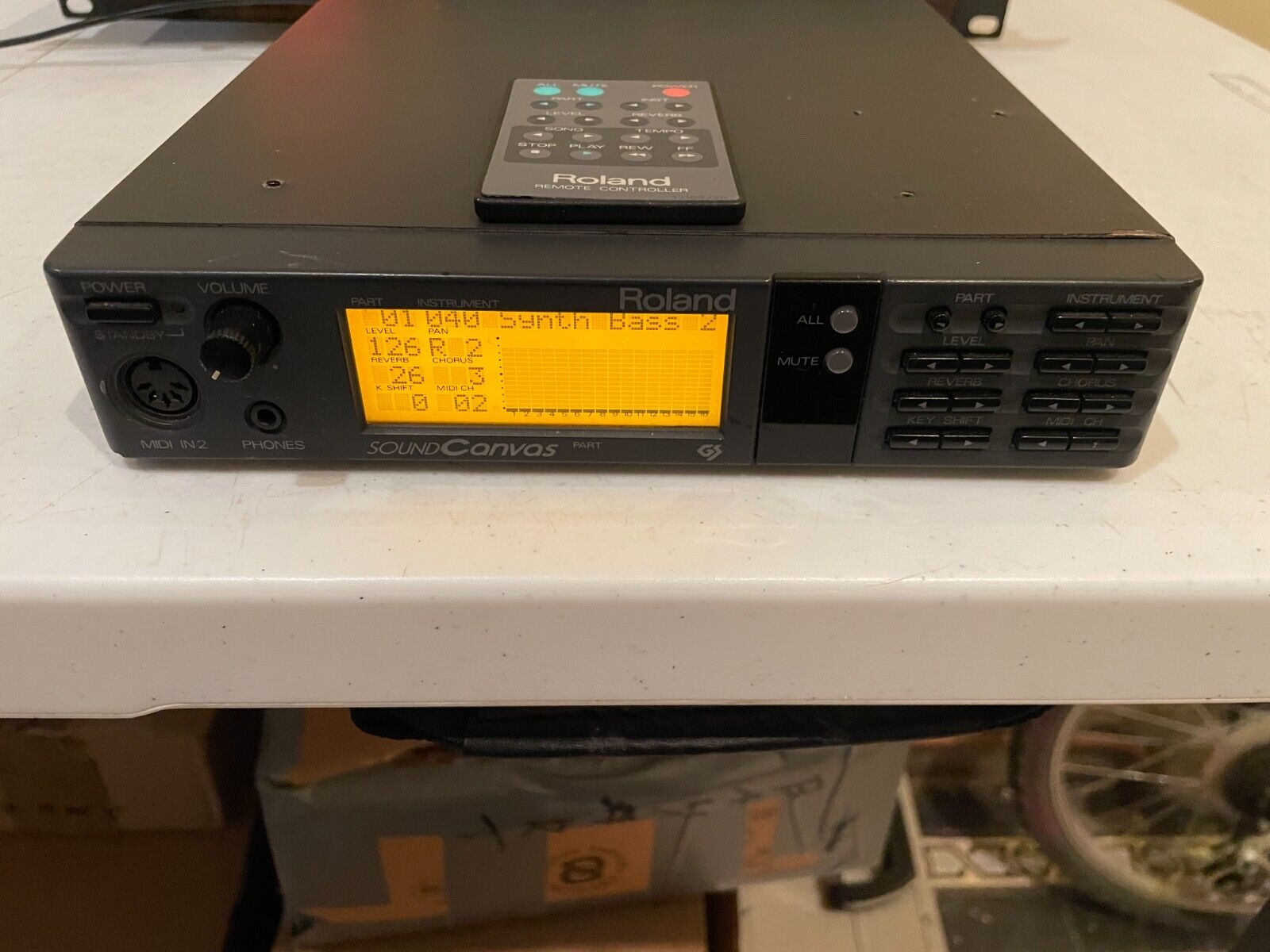Introduction
Playing the piano is a delightful experience, but encountering issues with the keys can be frustrating. If you own a Yamaha digital piano and are facing problems with the keys, fear not! This guide will walk you through the process of fixing the keys on your Yamaha digital piano, allowing you to restore its functionality and enjoy playing once again.
Whether your keys are sticking, making unusual noises, or not producing sound at all, this comprehensive tutorial will equip you with the knowledge and skills needed to address these issues effectively. By following the steps outlined in this guide, you can breathe new life into your digital piano and regain the joy of creating beautiful music.
Understanding the inner workings of your digital piano and learning how to maintain and repair it can be a rewarding experience. Not only will you save money on professional repairs, but you will also gain a deeper appreciation for the craftsmanship and technology that make your Yamaha digital piano a remarkable instrument.
So, gather your tools and let's embark on this journey to restore your digital piano keys to their optimal condition. With patience and a willingness to learn, you can overcome these challenges and enjoy the soothing melodies flowing from your Yamaha digital piano once more.
Tools and Materials Needed
Before delving into the process of fixing the keys on your Yamaha digital piano, it’s essential to gather the necessary tools and materials to ensure a smooth and efficient repair. Here’s a list of items you’ll need:
- Screwdriver: A small Phillips or flathead screwdriver will be required to remove the screws holding the keybed in place.
- Tweezers: Precision tweezers will aid in handling small components and springs with ease.
- Compressed Air Canister: This will help in removing dust and debris from the keybed and key components.
- Soft Cloth: Use a lint-free cloth to wipe down the keys and keybed.
- Replacement Keys: If any keys are damaged beyond repair, having replacement keys on hand is crucial. Contact Yamaha or an authorized dealer to obtain the correct replacement keys for your model.
- Keybed Lubricant (Optional): Lubricant specifically designed for keybeds can be used to ensure smooth key action after cleaning and maintenance.
Having these tools and materials readily available will streamline the repair process and enable you to address key-related issues effectively. Additionally, a well-lit and spacious work area will facilitate a more comfortable and organized repair experience.
Now that you have all the necessary tools and materials at your disposal, you’re ready to proceed with the key repair process and restore your Yamaha digital piano to its optimal condition.
Removing the Keys
Before diving into the intricate task of removing the keys from your Yamaha digital piano, it’s important to approach the process with care and precision. Follow these steps to safely remove the keys:
- Prepare the Work Area: Find a well-lit and spacious area to work in, ensuring that you have enough room to lay out the keys and components without crowding.
- Unplug the Piano: For safety purposes, disconnect the power supply to the digital piano to prevent any electrical mishaps during the key removal process.
- Access the Keybed: Depending on the model of your Yamaha digital piano, you may need to remove a cover or panel to access the keybed and keys. Refer to the user manual for specific instructions on accessing the keybed.
- Remove Screws Holding the Keybed: Using the appropriate screwdriver, carefully remove the screws holding the keybed in place. Keep the screws in a secure location to prevent misplacement.
- Lift Out the Keys: Gently lift the keys out of their positions, taking note of their arrangement and orientation. It’s helpful to take photographs or make a diagram to aid in reassembling the keys correctly.
- Handle Keys with Care: As you remove the keys, handle them delicately to avoid damaging the key surfaces or the internal components.
By following these steps, you can safely remove the keys from your Yamaha digital piano, setting the stage for the subsequent cleaning and maintenance procedures. Paying attention to detail and exercising patience during this phase will contribute to a successful key repair process.
With the keys removed, you’re now ready to proceed to the next phase of the repair process, which involves cleaning the keybed and addressing any underlying issues that may have affected the keys’ performance.
Cleaning the Keybed
Once the keys have been carefully removed from your Yamaha digital piano, the next crucial step in the repair process involves cleaning the keybed. Over time, dust, debris, and other foreign particles can accumulate within the keybed, affecting the functionality and responsiveness of the keys. Follow these steps to effectively clean the keybed:
- Inspect the Keybed: Take a close look at the keybed to identify any visible debris, dust, or obstructions that may be hindering the keys’ performance.
- Use Compressed Air: Utilize a canister of compressed air to blow away dust and debris from the keybed. Direct the airflow carefully to avoid dislodging any small components or damaging delicate parts within the keybed.
- Wipe Down the Keybed: Gently wipe the keybed with a soft, lint-free cloth to remove any remaining particles and ensure a clean surface for the keys to rest upon.
- Inspect Key Contact Points: Examine the contact points on the keybed to ensure that they are free from dirt and grime. Clean these contact points with precision, as they play a vital role in transmitting key signals to the instrument’s internal components.
- Apply Lubricant (Optional): If necessary, apply a small amount of keybed lubricant to ensure smooth key action after cleaning. Be cautious not to over-apply the lubricant, as an excess amount can lead to sticky or sluggish key response.
By meticulously cleaning the keybed, you can eliminate potential impediments to the keys’ functionality and restore optimal performance to your Yamaha digital piano. This maintenance step not only enhances the piano’s responsiveness but also contributes to the longevity of its keybed and internal mechanisms.
With the keybed now clean and primed for the reinstallation of the keys, you’re ready to proceed to the next phase of the repair process, which involves addressing any broken or damaged keys and ensuring their proper alignment and functionality.
Replacing Broken Keys
If you’ve identified any broken or damaged keys during the removal process, it’s essential to address these issues promptly to restore the full functionality of your Yamaha digital piano. Follow these steps to replace broken keys with precision and care:
- Obtain Replacement Keys: Contact Yamaha or an authorized dealer to acquire the correct replacement keys for your specific model. Ensure that the replacement keys match the design and specifications of the original keys.
- Align the Replacement Keys: Carefully position the replacement keys in their respective slots on the keybed, ensuring that they align correctly with the surrounding keys. Take note of the orientation and alignment of the keys for accurate placement.
- Secure the Replacement Keys: Once the replacement keys are aligned, gently press them into place, ensuring a snug fit within the keybed. Be mindful of the key’s movement and resistance to ensure proper seating.
- Attach Key Springs (If Applicable): If the replacement keys require springs for proper functioning, attach the springs securely to the designated anchor points on the keybed. Verify that the springs are positioned correctly to facilitate smooth key action.
- Test Key Movement: After replacing the broken keys, carefully test the movement and responsiveness of each key to ensure that they function as intended. Verify that the keys depress and rebound smoothly without any sticking or unusual resistance.
By following these steps, you can effectively replace broken keys on your Yamaha digital piano, ensuring that the instrument’s keyboard is restored to its optimal condition. Attention to detail and precision during the key replacement process will contribute to a seamless and reliable performance from the repaired keys.
With the broken keys successfully replaced, you’re now prepared to proceed to the next phase of the repair process, which involves testing the keys to confirm their proper functionality and responsiveness.
Testing the Keys
After completing the meticulous process of cleaning the keybed and replacing any broken keys, it’s crucial to conduct comprehensive testing to ensure that the keys on your Yamaha digital piano function optimally. Follow these steps to methodically test the keys and verify their responsiveness:
- Power On the Piano: Plug in and power on your digital piano to prepare for the testing phase. Allow the instrument to initialize and be ready for operation.
- Gradual Key Testing: Begin by testing each key individually, starting from one end of the keyboard and moving systematically to the other end. Depress each key gently and observe its response, listening for consistent sound production and assessing the key’s rebound action.
- Check for Sticking Keys: Pay close attention to any keys that exhibit sticking or sluggish movement. If a key feels unresponsive or fails to produce sound consistently, further adjustments may be necessary.
- Verify Key Alignment: Ensure that the replaced keys are aligned correctly and sit flush with the surrounding keys. Misaligned keys may affect the overall playability and performance of the instrument.
- Assess Key Sensitivity: Evaluate the sensitivity of the keys, noting any variations in touch response or velocity sensitivity across the keyboard. Consistent key sensitivity is essential for expressive and nuanced playing.
By meticulously testing each key and assessing its performance, you can identify any lingering issues and address them promptly, ensuring that your Yamaha digital piano delivers a reliable and enjoyable playing experience. Paying attention to the nuances of key responsiveness and functionality will contribute to the overall quality of the instrument’s keyboard.
If any keys require further adjustments or fine-tuning, revisit the respective steps in the repair process to address specific issues and refine the performance of individual keys. With the keys successfully tested and verified, you can look forward to creating beautiful music with confidence and assurance.
Conclusion
Congratulations on successfully navigating the process of fixing the keys on your Yamaha digital piano. By following the comprehensive steps outlined in this guide, you’ve gained valuable insights into maintaining and repairing your instrument, empowering you to address key-related issues with confidence and precision.
From carefully removing the keys and cleaning the keybed to replacing broken keys and meticulously testing their responsiveness, you’ve demonstrated a commendable commitment to restoring your digital piano to its optimal condition. Your dedication to the repair process reflects a deep appreciation for the craftsmanship and artistry embodied in your Yamaha digital piano.
As you embark on your musical journey with a revitalized instrument, remember the importance of regular maintenance and attentive care to preserve the performance and longevity of your digital piano. By incorporating these maintenance practices into your musical routine, you can ensure that your Yamaha digital piano continues to inspire and delight you for years to come.
Embrace the experience of maintaining and repairing your musical instrument as an opportunity to deepen your connection with the art of music-making. Your hands-on approach to addressing key issues exemplifies your dedication to nurturing the beauty and functionality of your Yamaha digital piano.
With your digital piano now restored to its optimal state, you’re poised to unleash your creativity and expressiveness through the captivating melodies and harmonies that resonate from its keys. As you play, may the music you create bring joy to your heart and inspire those who have the pleasure of listening to your artistry.
Thank you for entrusting this guide to assist you in fixing the keys on your Yamaha digital piano. Your commitment to maintaining and enhancing your musical instrument is a testament to your passion for music and the enriching role it plays in your life.











